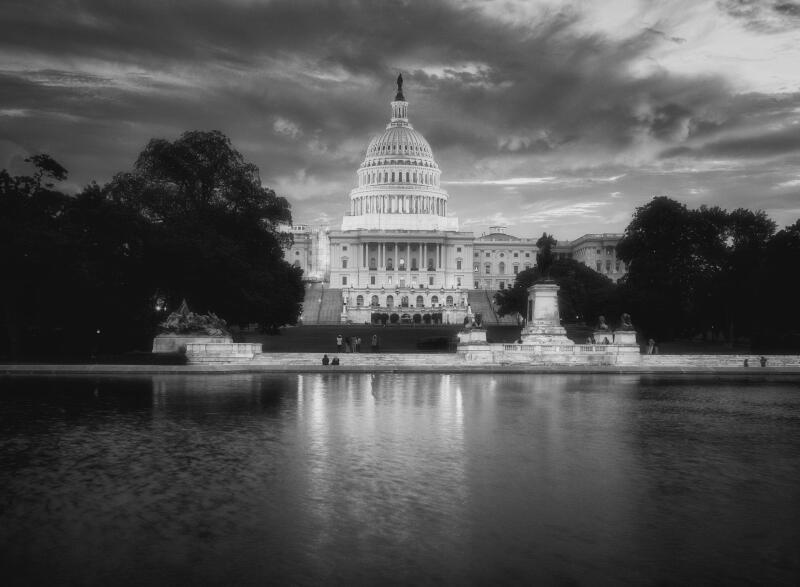
The US government shutdown has entered its fourth week, yet the event remains just one of many that markets are watching. They should pay it more attention.
With the Democrats and Republicans standing off against each other, the hope of a resolution in October is diminishing. By November 5, if it runs the course, it will become at 35 days long the longest in US history.
Official data has dried up from inflation numbers to payrolls and how much of the Treasury market is owned by overseas holders. The markets live by these numbers but now they are left second guessing, making positioning and investing a harder task than usual.
Many still expect a 25bp rate cut from the Federal Reserve next week but, forward guidance is expected to be limited because of the absent data. The market will lose further conviction as a result.
All of this raises the likelihood of nasty surprises and the leaps in yields and swap spread volatility that tend to accompany them. That poses a risk to bond issuers, especially in the rates market.
Worse, market liquidity will thin out as we reach the end of the year, exacerbating the effects of uncertainty on asset prices.
Issuers may have noticed little impact attributable to the shutdown on issuance conditions and sentiment but this could change, especially with sources of volatility, such as the French budget defcit, bubbling away unresolved.
It is a good thing that so many of the market's big issuers are close to finished for the year. But not every borrower is. Many of them will have travelled to Washington, DC last week for the World Bank/IMF Annual Meetings. Perhpas it would have paid to stick around for the latest news from Capitol Hill.
